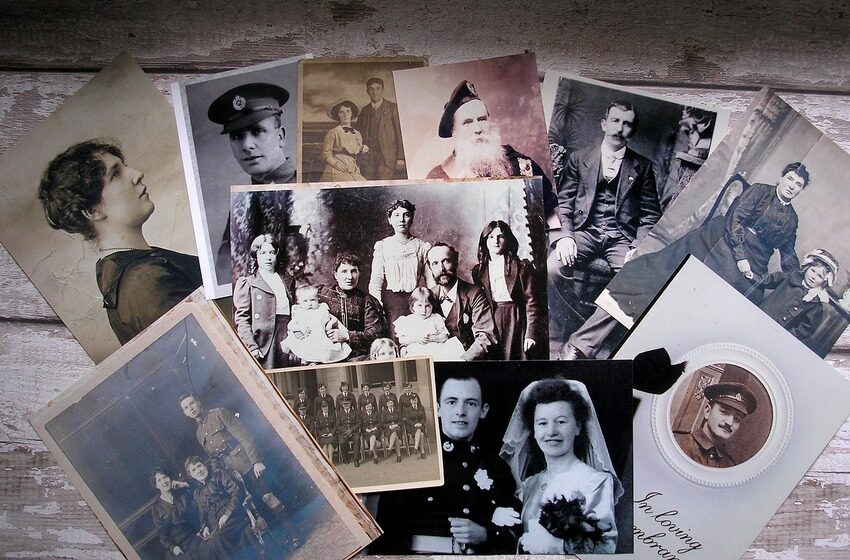
The 5 best ways to learn more about family history
Let’s take a look at these methods:
- Create Your Genealogical Tree
A successful start to researching your family history often depends on your immediate family members. What you should start with is making a record of all your memories of your siblings, cousins, uncles, aunts, parents, and grandparents. Ask as much detail as you can about all the people from each of your relatives. Gather all available information about them, such as burial sites, key dates and information (marriage, birth, death, etc.), occupation, awards, and all other life circumstances. A family tree is one of the most important things you should do to reconstruct your family’s life history. And ordering a family tree with accompanying detailed information about each relative is the best start to all genealogical research.
- Look up family albums
Family albums, if maintained and not lost, always have a lot of unique information and clues that can greatly help you with your family research. It is helpful to look for important documents (such as birth certificates), school notebooks, letters and diaries, family heirlooms, boxes of memorabilia, and old photographs. Anything that in one way or another can tell about your family history should be collected and recorded, it will help a lot later when ordering genealogical research.
- Start a family history
When you are compiling your family tree and collecting information about your relatives, try to find informational notes about your family.
For example, research newspaper and magazine articles for mentions of your family members.
You could also look for information about schools, notes about curious stories at school, successes at work, records of work or service, military records, or just family legends. What if you are a descendant of a famous historical figure? What if you are a relative of a participant in a high-profile historical process? These things can only be identified and confirmed through thorough research.
- Search the internet
Did you know that in America, the census is the primary source for researching family history? The U.S. federal census is the most important resource for doing your research. Start with the earliest 1940 U.S. Census available online and start your search for your parents and grandparents with it. You should record their ages, birthplaces, names, places of residence, occupations, and details of immigration to include in your family tree. You can then also search earlier censuses to complete your family tree, all the way back to the 1790 census. If your ancestors are from Great Britain, you can look up the 1911 British census. There is also the 1911 Irish census online.
- Collect materials from relatives.
Your relatives probably have a lot of things that will help you in your search. Letters, documents, family bibles, and many other things and information can just be obtained with one phone call. Plus, someone in your family may already have a completed family tree or materials if they have already worked on your family history. This will also greatly help you in your search.
As an aside. Try doing a DNA test. There are companies that can help you get more information about your ancestors, as well as your ethnicity, with a DNA genealogy test.
Following these uncomplicated steps will surely prove helpful in successfully working to restore your family history, especially when you decide to order your family tree from a professional company. So remember, write down and follow these tips! Good luck in creating new pages in your family history!


